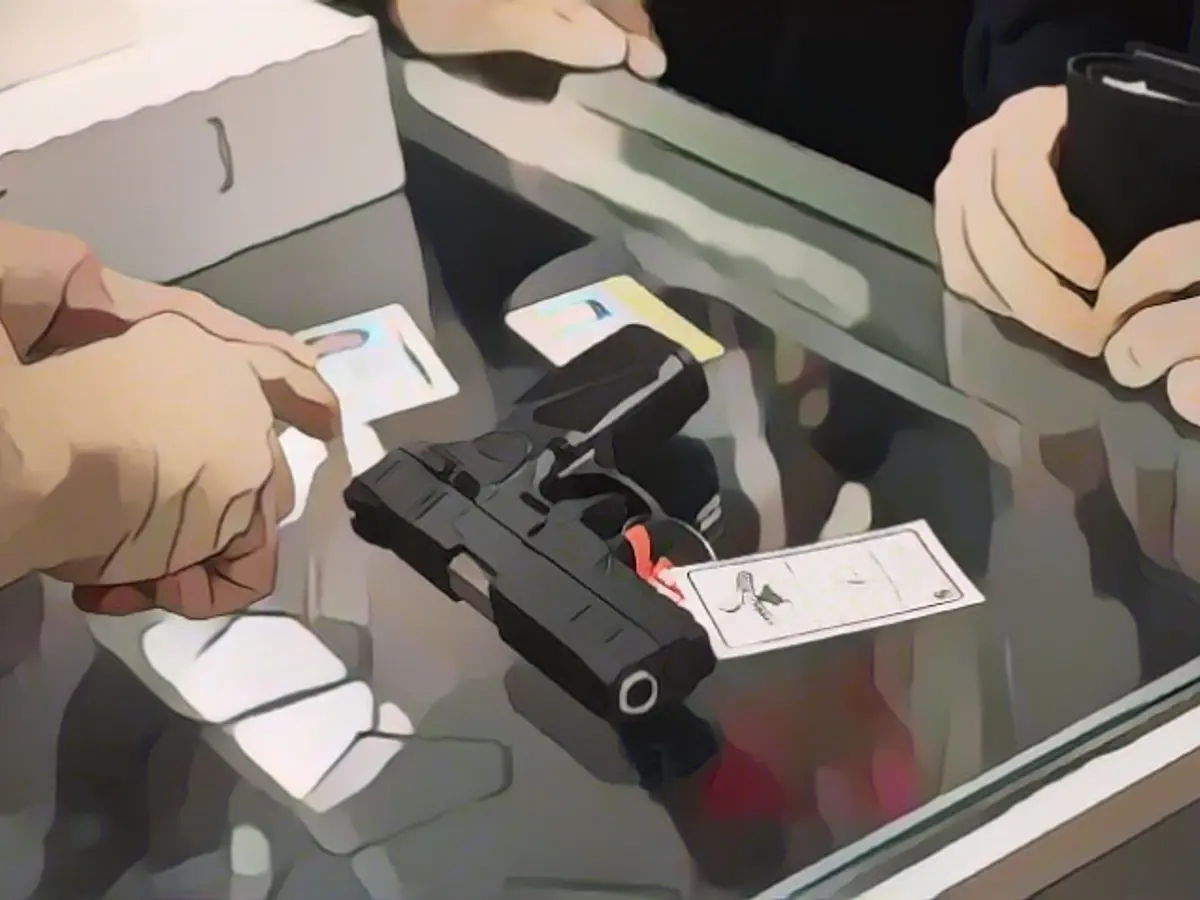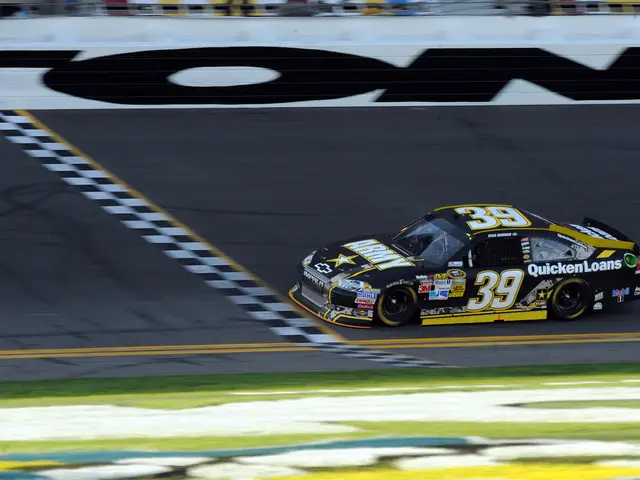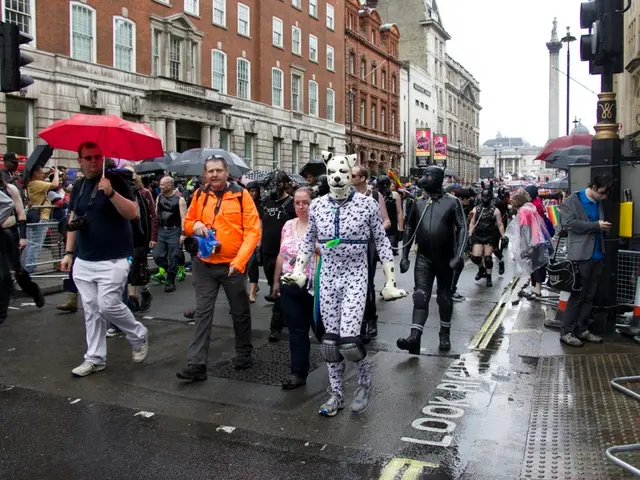That's increasingly becoming a global issue, yet it's alarming how frequently mass shootings occur in the United States, the latest being in Uvalde, Texas, and Buffalo, New York State.
For many of us living in countries with comparable cultures but less deadly arsenals, it's hard to fathom why Americans, despite the escalating terror, keep becoming increasingly dependent on weapons. We live with significantly less fear of gun violence, viewing America's self-inflicted gun problem as a symptom of political dysfunction. Whenever each shooting overshadows the last and fear and ideology once more triumph over facts, it's chilling to envision the extent and turning point to which American politicians might ultimately be compelled to acknowledge their collective responsibility and pursue far-reaching changes.
While other nations tighten gun control in the wake of mass shootings to slow or even halt bloodshed, gun violence in the U.S. remains a contentious issue. Mass shootings are easier to investigate than less-noticed shootings involving family members or oneself. The preferred weapons of multiple killers, now termed "assault rifles" despite initial marketing as "storm rifles," and their ammunition and high-capacity magazines offer a more efficient focus for change than a blanket ban on all types of weapons.
Nevertheless, it's an unwise notion to assert that the U.S. could destroy half-automatic rapid-fire weapons, as Australia did. To cover a third of the civilian-owned rapid-fire weapons since the Australian firearms law reform, Americans would need to destroy an astounding 130 million weapons.
However, the Australian gun buyback results are encouraging. Strict limitations of high-risk firearms led to an overall decrease in gun-related homicides and a particularly significant reduction in mass shootings involving guns.
Three countries – Australia, Great Britain, and New Zealand – have sharpened their gun control following mass shootings to safeguard future generations' security.
Australia
Port Arthur, 1996
In 1996, a young man killed 20 tourists at a Port Arthur tourist café in Tasmania by firing 29 shots from an automatic rifle in just 90 seconds. His final tally stood at 35 dead and 18 wounded.
For a country that lost 105 lives to gun massacres in the past decade, this was the last straw. With public support ranging from 90–95%, Premier John Howard, one of the most conservative leaders in generations, swiftly introduced nationwide bipartisan gun laws within 12 days of his election.
Halbautomatic long guns are now banned and gun owners must demonstrate a valid reason, such as farming or competitive shooting, to qualify for owning a firearm. A license is required for every firearm, and self-defense is unacceptable as a reason to own one. All weapons must also be registered with the police.
Over 30 years, numerous gun buyback and amnesty programs have seen over 1 million firearms handed in for destruction. Two-thirds of this were purchased by the government at market prices of 15–20 AUD per taxpayer. An additional 300,000 firearms were handed in voluntarily without compensation.
Guns have exploded in private collections since then, with each state and territory hosting permanent amnesties for gun owners. Despite this, legitimate gun dealers continued to import and sell approximately 55,000 individual firearms per year while farmers, hunters, and competitive shooters continued to use them as before.
Proudly echoing the former Prime Minister Howard's rhetoric, "I don't want Australia to become another America," gun control advocates note the positive effects of disarmament efforts despite continuing sales. The "promise" held true for a decade without any significant mass shootings, except one terrible incident in 2018 involving a farmer and his family.
The risk of gun violence fatality dropped sharply in Australia after 1996 gun reforms by over 50% and has stayed that value globally. Australia currently has one of the lowest firearm homicide rates in the world – 33 times lower than in the U.S.
Great Britain
Dunblane, 1996
British firearm legislation is rooted in a class system that privileges the wealthy to shoot and leaves the impoverished to poach, and it has historically been rigid, with stringent controls for pistols, revolvers, and rifles. Many Brits simply dislike guns.
In 1987, a man with an automatic rifle killed 16 civilians, including a policeman and his mother, in Hungerford, England. The widespread backlash led to semiautomatic rifles and certain single-shot flintlocks being banned.
Ten years later, after a licensed pistol shooter killed 16 schoolchildren and their teacher in a massacre in Dunblane, Scotland, additional firearms legislation was introduced, eliminating all handguns in the UK.
In later gun buyback programs, firearms owners received £100 million ($146 million US) to refund their surrendered weapons, parts, and ammunition. British restrictions on firearms apply only to regions in England, Wales, and Scotland, not in Northern Ireland. In 2003, a "crime gun summit" aimed at curbing the rise in gun-related crimes driven primarily by smuggled firearms from Europe resulted in a "national amnesty" which seized an additional 43,908 firearms.
Over a decade and a half between 1996 and 2009, Britain destroyed 226,000 firearms. Its per-capita firearm stockpile is already among the lowest in most western nations.
Even years after the Dunblane school shooting, there were two other mass shootings in Cumbria in 2010 and near Plymouth in 2021.
The risk of gun violence fatality in Britain had been low to begin with, and its steady decrease since the gun ban of 1996–97 continues.
New Zealand
Christchurch, 2019
New Zealand features a negligible firearm legislation and quick access to arms, even for first-time users.
In 1990, a man killed 13, including four children and a policeman, in the remote Ala Moana community on South Island using a semi-automatic rifle. Despite widespread public pressure to ban semi-automatic firearms, the powerful firearm lobby opposed it until limited regulations were set in place for a handful of models.
Three subsequent mass shootings in 1992, 1994, and 1997 cemented the case for a complete ban, but given the country's higher per-capita firearm stockpile compared to the UK or Australia, the gun lobby continued to influence law enforcement and government policy.
However, in March 2019, an Australian tourist, despite admitting his ineligibility for gun ownership in Australia, successfully procured a firearms license in New Zealand and converted an entry-level semi-automatic rifle into an "assault rifle."
Three days later, he killed 51 people (including himself) at two mosques in Christchurch, and nearly a month later, Parliament, fueled by a wave of outrage and swift government action, unanimously voted to outlaw semiautomatic assault rifles and high-capacity magazines.
The law took effect the next day, with firearm owners given a year to hand in their newly-prohibited weapons and magazines in exchange for compensation. Over the course of five months, 57,716 firearms and 205,209 magazines and accessories were seized and destroyed, and the national gun registry was revamped to register firearms with individual owners for at least five years.
While 1990 saw reports of a successful pitched battle between gun-rights advocates and local authorities, the recent NZ government took decisive action to limit gun availability and lead public dialogue on gun control.
In countries such as Argentina, Belgium, Germany, Sweden, and Norway, between 2003 and 2018, more than 800,000 firearms were destroyed in mass buyback programs.
Although such global efforts have slowed the growth of gun stockpiles, the overall numbers pale in comparison to the estimated 1 billion firearms worldwide, with 85% in private civilian hands.
Inevitably, change in the U.S. is likely; an affluent society fortunate in its capacity for health reform must ultimately resist selfish groups and politicians who stir violence to advance their desires while undermining public safety.
Even if America doesn't have the same constitutional avenues for change as it did to extend voting rights, to end slavery, or to repeal prohibition, it may well have to wait for enough voters to demand visible actions to effect change. - Reboot.
[1] "Long-term effects of firearms legislation in Australia: A review of the evidence." Retrieved from .
[2] "The Effects of Australia's Ban on Semi-Automatic Long Guns: 20 Years on." Retrieved from
[3] "Gun control: What Europe's stringent laws can teach the US." Retrieved from







